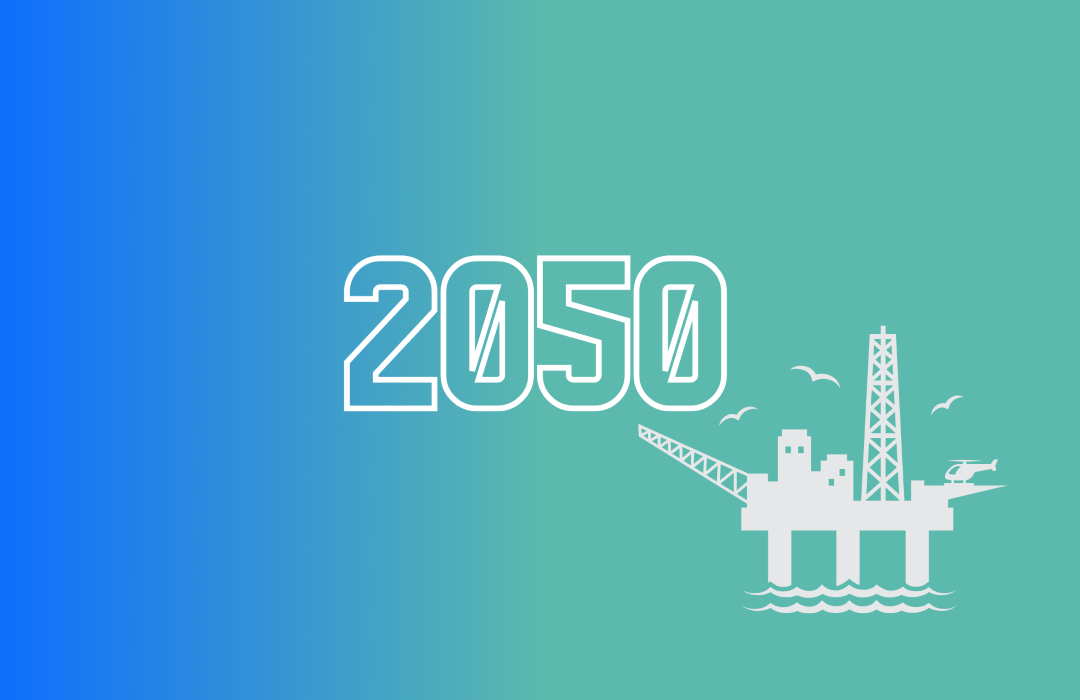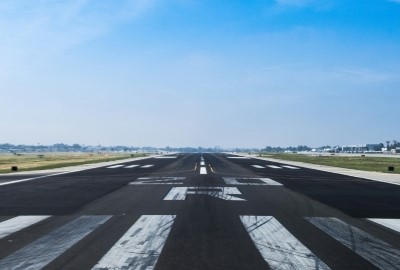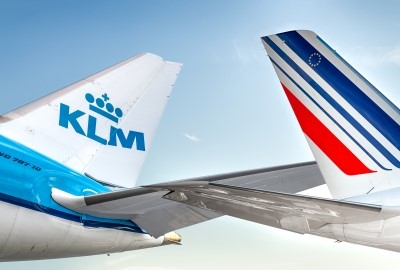Challenges in SAF availability and affordability
Aviation Week reports that, despite the aviation industry’s resolute commitment to achieving a 2050 carbon net-zero target, the realization of this goal faces significant challenges in availability and affordability of sustainable aviation fuel (SAF).

According to the report, the primary hurdle lies in oil and gas companies impeding the accessibility and cost-effectiveness of SAF. IATA’s chief economist, Marie Owens Thomsen, highlighted the insufficient investment in building up SAF production capacity, criticizing investors for favoring traditional oil and gas companies due to higher profits. The chronic supply-versus-demand imbalance reveals the airline industry’s dependency on external entities for SAF development.
Colossal challenge
In 2022, global SAF production reached 0.24 million tons, expected to double in 2023 but falling short of airline expectations. Despite numerous announced projects, IATA estimates the need for 500 million tons of SAF in 2050, posing a colossal challenge to meet the 2030 CO2 reduction targets. Only 3% of total renewable fuel production is currently SAF, far below the required 25%-30% by 2030.
Shift required
The outlook remains grim as oil and gas producers allocate a mere 3% of their revenues to renewable energy. In the Aviation Week report, Owens Thomsen emphasizes that the required shift will only occur when alternative energies become as attractive as fossil fuels. The recent COP28 summit’s non-binding agreement to transition from fossil fuels adds further uncertainty, underscoring the pressing need for increased investment in renewable aviation solutions.


